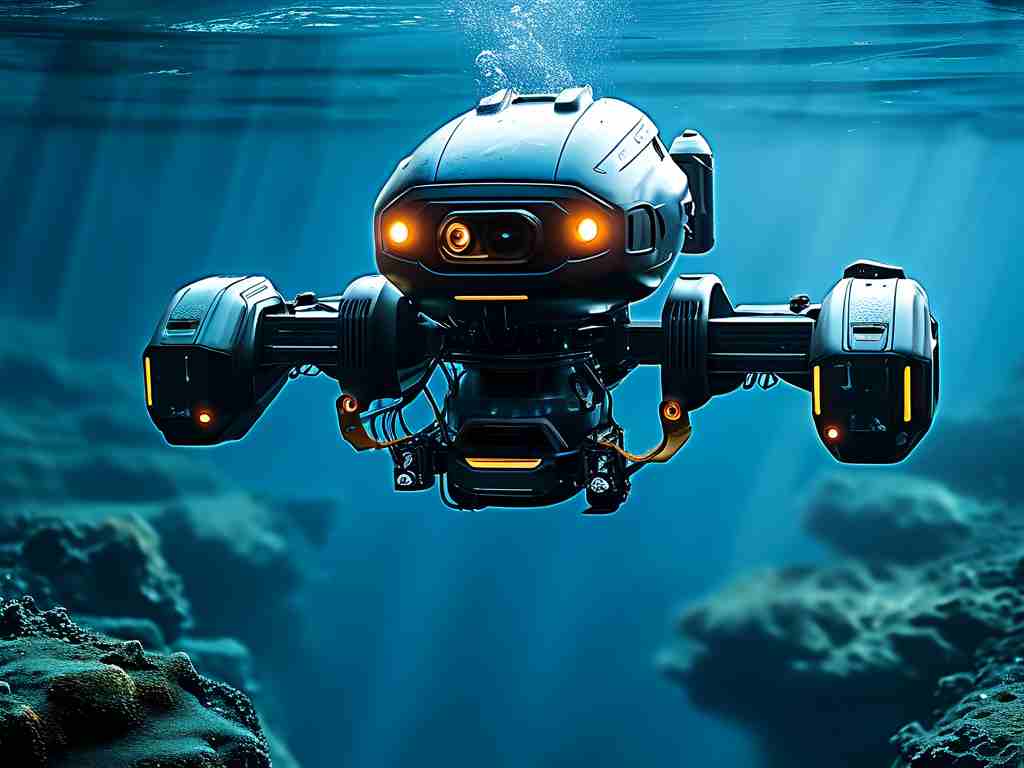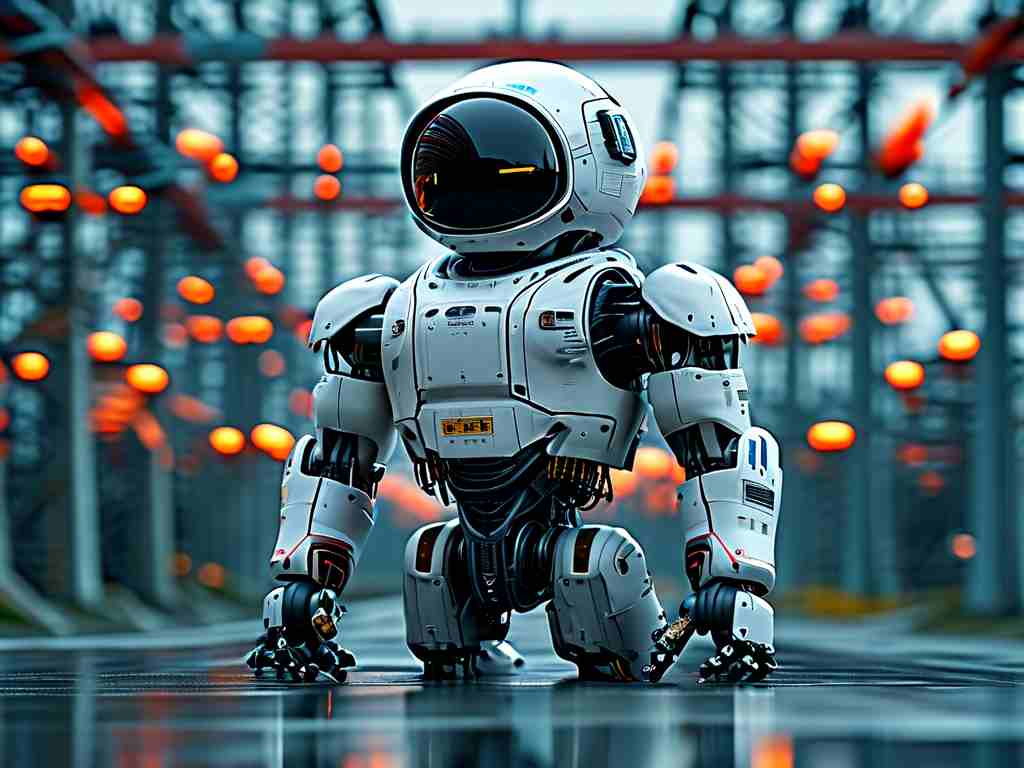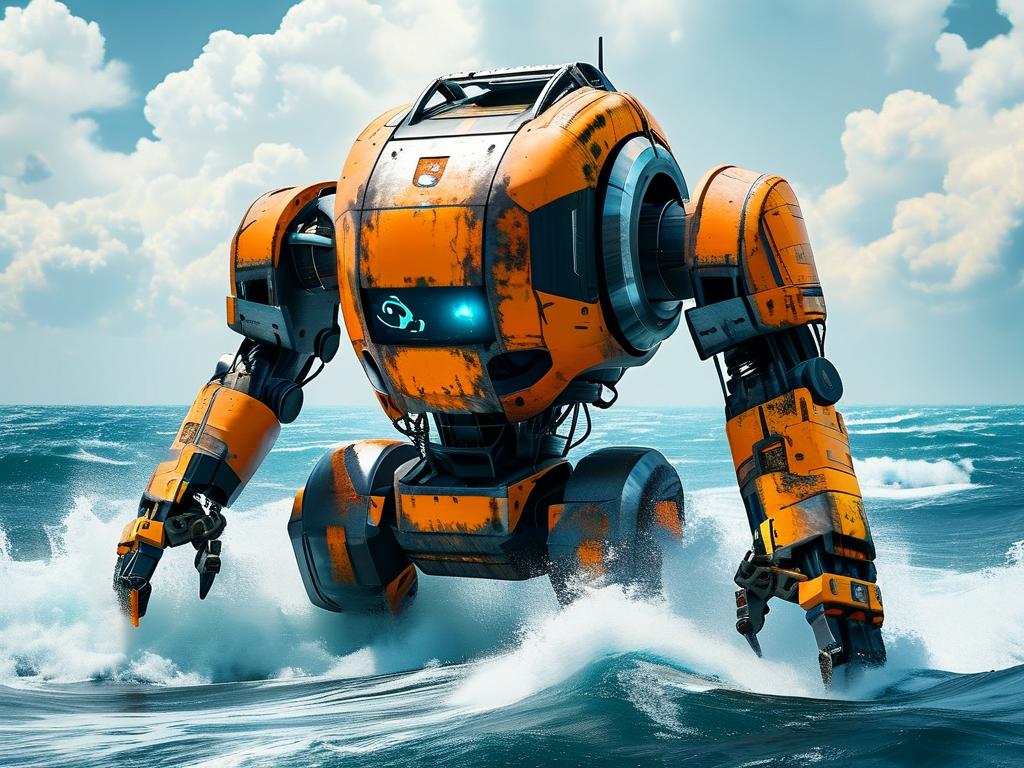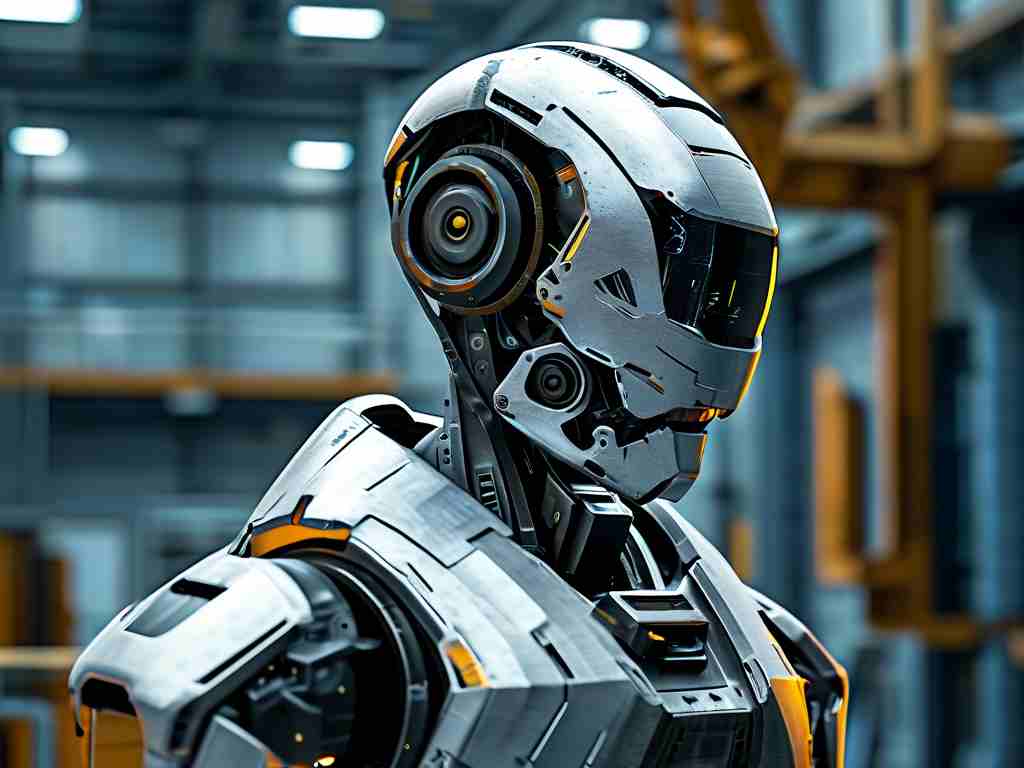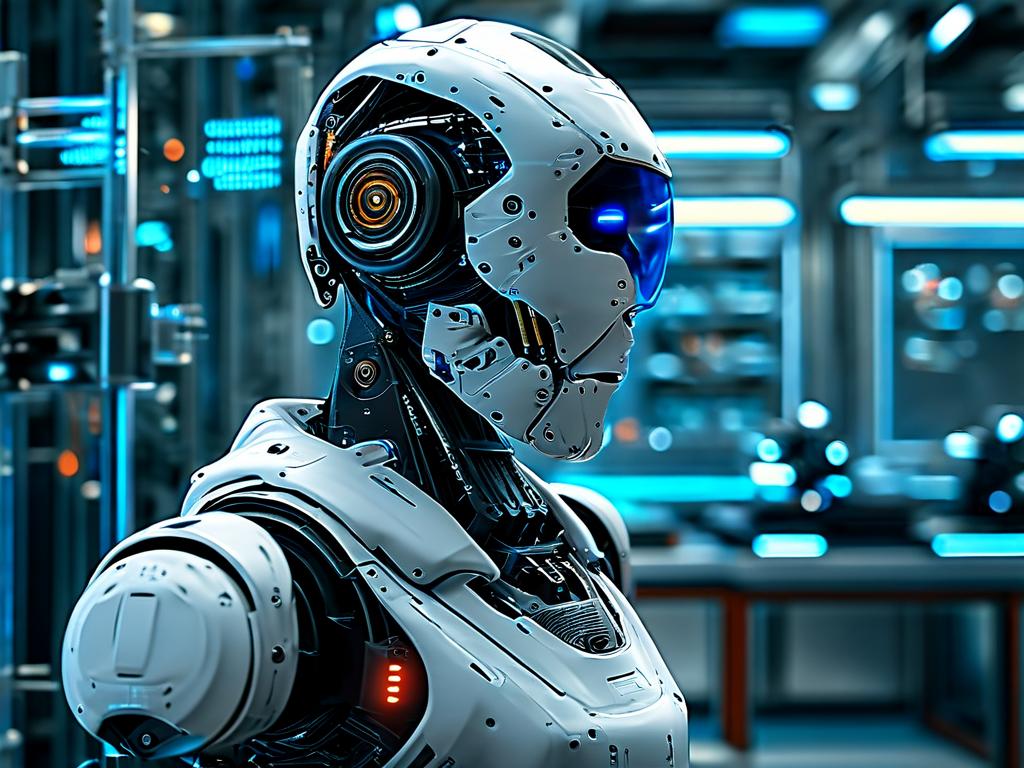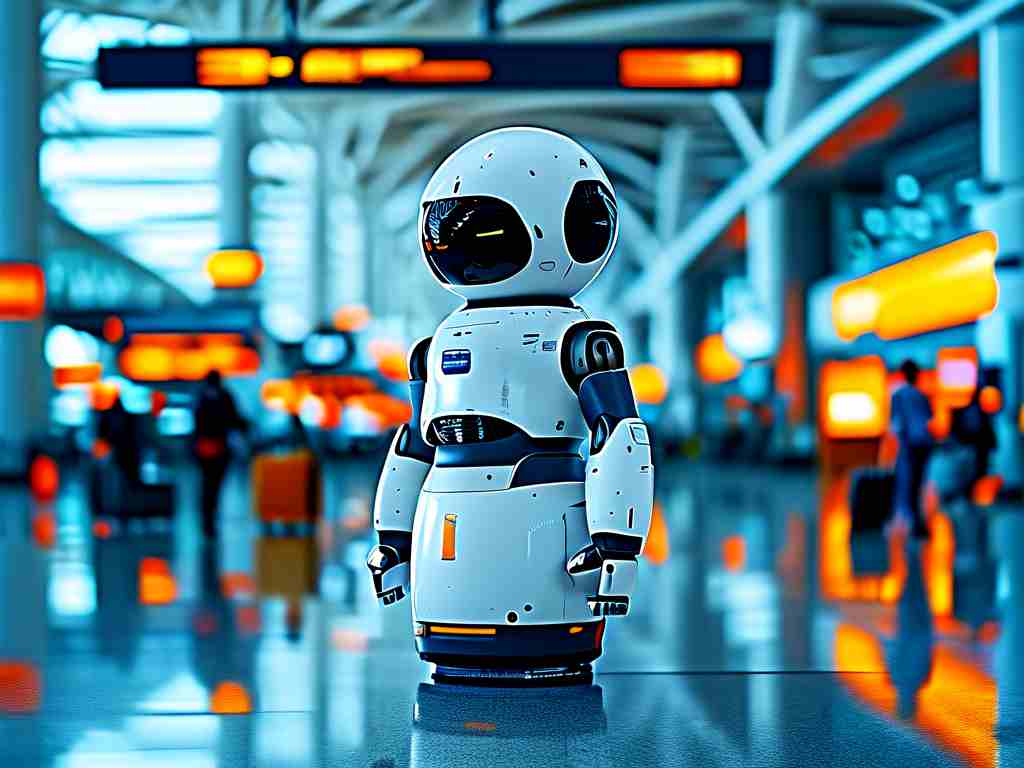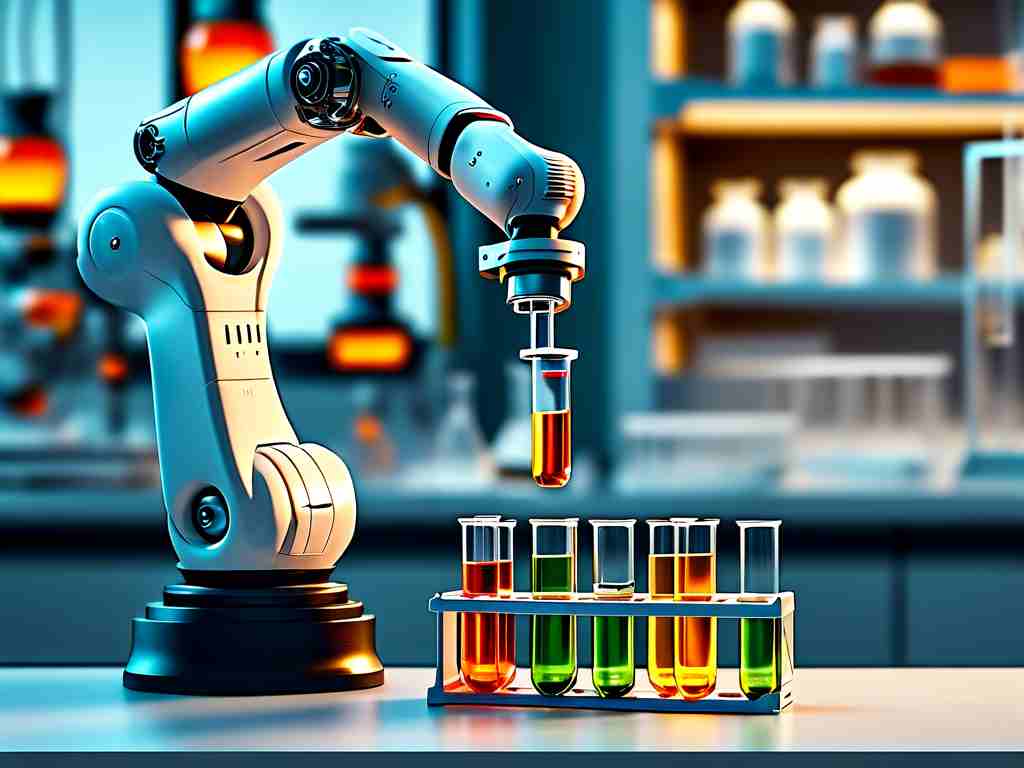The field of robotics has witnessed groundbreaking advancements in recent years, with Dasheng Robotics emerging as a pioneering force. This article delves into the core technical principles powering Dasheng robots, exploring their unique integration of artificial intelligence (AI), mechanical engineering, and adaptive control systems.

Foundations of Dasheng Robotics
At its core, Dasheng Robotics employs a hybrid architecture combining centralized decision-making with decentralized execution. Unlike traditional robotic systems that rely on rigid programming, Dasheng's framework utilizes dynamic neural networks capable of real-time pattern recognition. These networks process sensory data from LiDAR, infrared sensors, and vision modules, creating a multi-layered environmental map updated at 50Hz.
The kinematic chain design in Dasheng robots features redundant degrees of freedom (DOF), enabling unprecedented flexibility. For instance, their industrial manipulator series implements a 7-DOF configuration, surpassing the standard 6-DOF designs seen in conventional models. This redundancy allows for smoother trajectory planning and collision avoidance in confined spaces.
AI-Driven Adaptive Control
Dasheng's proprietary algorithm, named Dynamic Equilibrium Control (DEC), stands out as a technical marvel. DEC operates on a dual-loop feedback system:
def dec_control(sensor_input, target_state):
primary_loop = compute_torque(sensor_input, target_state)
secondary_loop = adjust_compliance(primary_loop, environmental_factors)
return optimize_trajectory(secondary_loop)
This code snippet illustrates the hierarchical optimization process, where the primary loop handles torque calculations while the secondary loop adapts to environmental variables like friction and payload variations.
The system's machine learning backbone employs transfer learning techniques, enabling robots to apply knowledge from simulated environments to real-world scenarios. During testing phases, Dasheng robots demonstrated a 78% faster adaptation rate compared to competitors when introduced to unfamiliar assembly line configurations.
Sensor Fusion and Spatial Awareness
A critical innovation lies in Dasheng's multi-modal sensor fusion approach. By integrating time-of-flight (ToF) cameras with millimeter-wave radar, the robots achieve sub-millimeter precision in object detection. The sensor array feeds data into a probabilistic occupancy grid system, which calculates spatial probabilities using Bayesian inference models.
Field tests in warehouse automation revealed that Dasheng robots maintained 99.2% inventory recognition accuracy under low-light conditions, outperforming optical-only systems by 23%. This capability stems from the adaptive sensor weighting mechanism, which dynamically prioritizes input sources based on environmental conditions.
Energy Efficiency and Power Management
Dasheng's engineers revolutionized power distribution through their Pulse-Modulated Energy Allocation (PMEA) system. PMEA employs supercapacitors alongside lithium-ion batteries, enabling rapid energy discharge during peak loads while maintaining optimal thermal conditions. The system's regenerative braking mechanism recovers 40% of kinetic energy during deceleration phases, extending operational cycles by up to 35%.
Human-Robot Interaction Paradigms
Beyond physical mechanics, Dasheng Robotics incorporates natural language processing (NLP) modules for intuitive human interaction. Their dialogue system utilizes context-aware speech recognition powered by transformer models fine-tuned on technical lexicons. In manufacturing settings, this allows technicians to verbally adjust robot parameters without interrupting production workflows.
Future Development Roadmap
Emerging prototypes showcase Dasheng's exploration of quantum computing applications for motion planning. Early-stage quantum annealing experiments reduced path optimization time from 850ms to 12ms for complex 3D trajectories. While still in experimental phases, this breakthrough hints at revolutionary potential for high-speed automation tasks.
From automotive assembly lines to precision surgical applications, Dasheng Robotics continues redefining technological boundaries. Their unique synthesis of adaptive AI, advanced sensorics, and energy-conscious design positions these systems at the forefront of intelligent automation solutions. As the technology matures, industry experts anticipate broader adoption across sectors demanding unparalleled precision and cognitive flexibility.


